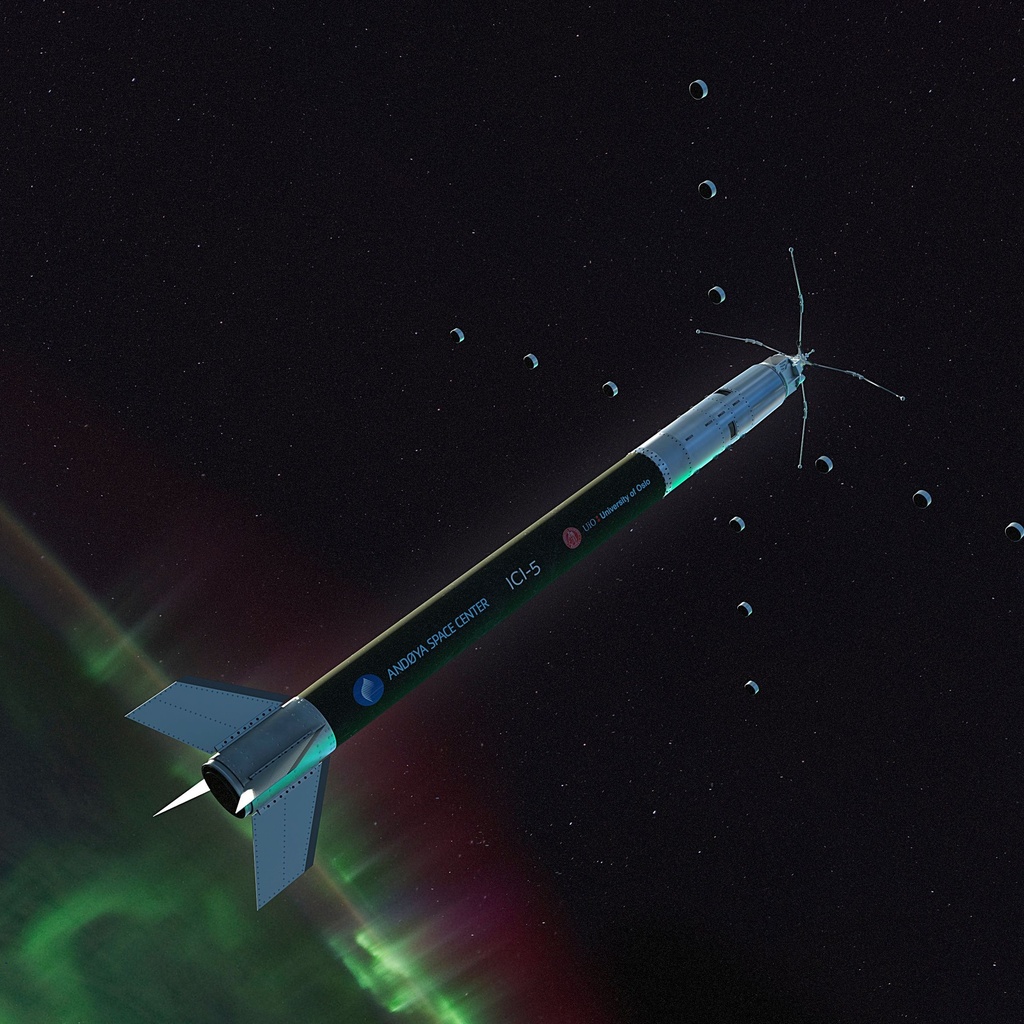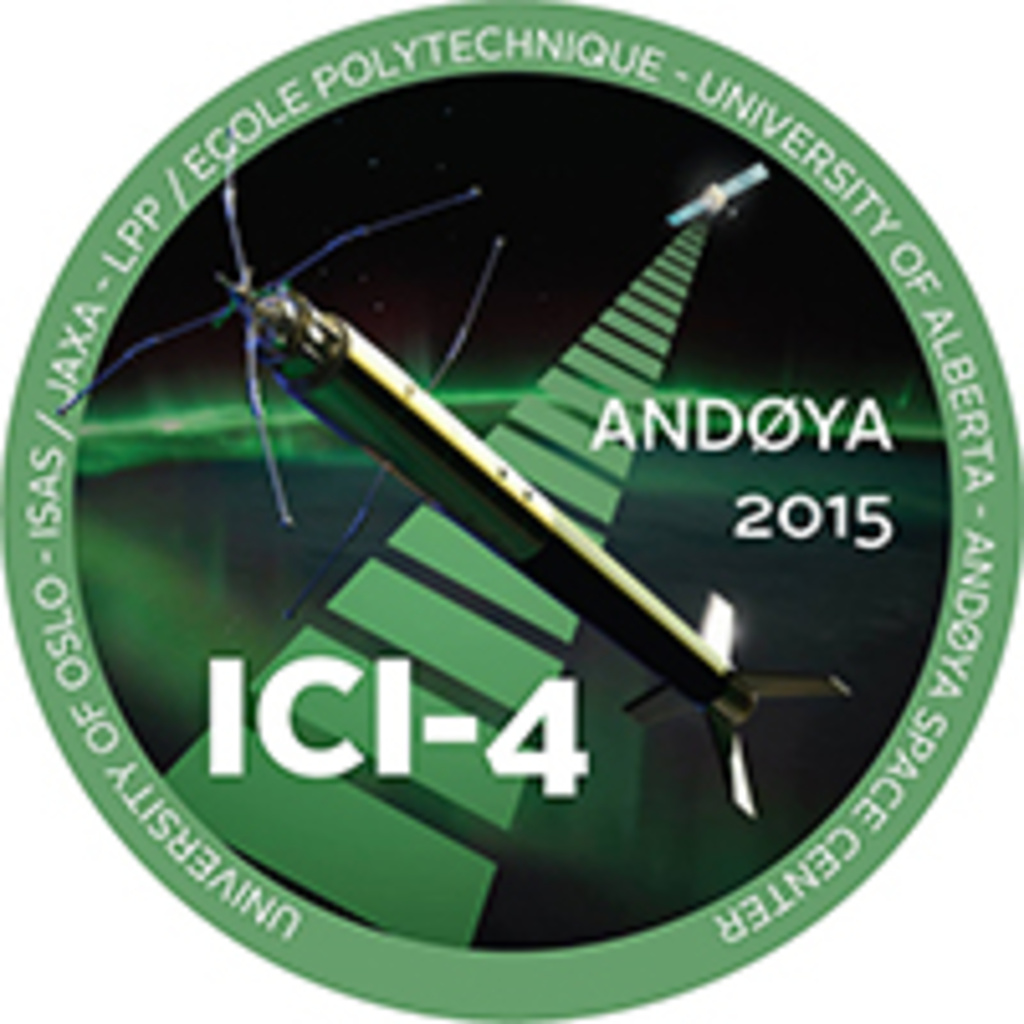Current and Recent Missions

TRACERS
Dr. Miles is PI for TRACERS, two identical satellites in tandem orbit, which launched July 23, 2025, from Vandenberg Space Force Base. This mission will help answer long-standing questions key to understanding space weather, particularly how the Sun transfers energy, mass, and momentum to near-Earth space.

ICI-5bis
ICI-5bis will study plasma turbulence and irregularities in the auroral ionosphere as a contribution to the international Grand Challenge Initiative – MLT (Mesosphere-Lower Thermosphere).

ACES-II
This mission, led by Scott Bounds, launched two rockets into an aurora to measure the interaction between solar magnetic particles and the Earth’s magnetic field. The rockets were launched in Andøya, Norway in 2022.
Past Missions

ICI-5
The ICI-5 mission launched on a NASA sounding rocket from a Norwegian launch site at 2:43 a.m. EST on Nov. 26, 2019
ICI-5, or Investigation of Cusp Irregularities-5, reached 157 miles in altitude before returning back to Earth. The mission hopes to further investigate Earth's polar cusps.

ICI-4
The goal of the ICI-4 campaign was to study space weather at high latitudes and the interference it can have with GPS signals in the far North. Led by the University of Oslo, this mission involved the CNES French Space Agency, the Laboratory of Plasma Physics at Ecole Polytechnique in France, the Japanese Space Agency (JAXA), and the University of Alberta.
While at the University of Alberta, David Miles developed a fluxgate magnetometer to take precise measurements of the Earth's magnetic field.

Ex-Alta 1 CubeSat
While at the University of Alberta, Dr. Miles was the instrument PI and student mentor for the Ex-Alta 1 CubeSat, which carried a miniature scientific caliber fluxgate magnetometer and a ~60 cm deployable boom. Ex-Alta 1 was deployed from the International Space Station on May 26, 2017.